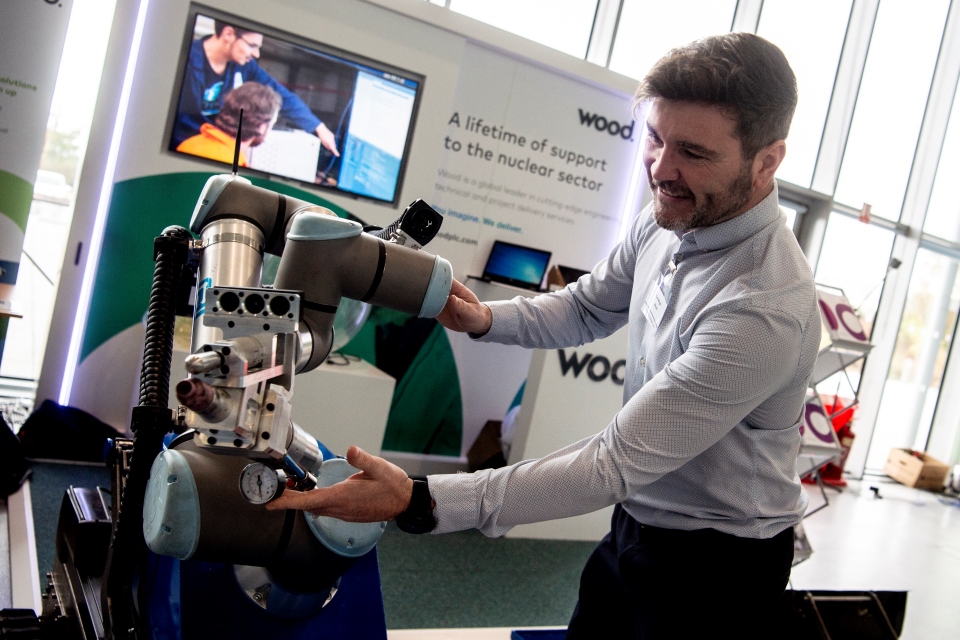Barrnon and Wood move to next stage of innovation competition
Two consortia, led by Barrnon and Wood, have reached the next round of an innovation competition that could help decommission highly radioactive facilities at Sellafield.

Barrnon and Wood have reached the next round of an innovation competition that could help decommission highly radioactive facilities at Sellafield.
The projects were among five collaborative consortia, comprising almost 30 organisations, which have spent the last two years taking their conceptual ideas from the drawing board to reality.
Launched in 2017, the £8.5 million Integrated Innovation in Nuclear Decommissioning competition was funded by the NDA, Innovate UK and BEIS. The first stage of the competition identified 15 submissions with potential, and five were subsequently shortlisted. Each received up to £1.5 million to build prototype demonstrators for testing in a simulated radioactive environment
After testing integrated working models in a realistic non-radioactive environment, the projects will now progress to demonstrating their solutions in one of Sellafield’s radioactive facilities.

As well as robots, all the solutions featured VR, 3D imaging and autonomous navigation
If successful, the new systems could help to decommission scores of Sellafield cells that were used to reprocess spent nuclear fuel over many decades. High radiation levels mean all clean-up operations must be carried out using remotely operated equipment, ensuring the workforce is protected.
The challenge set by the competition was to gain access to spaces that have been sealed for a number of years, establish the nature of the contents, accurately measure radioactivity levels, and deploy robotic equipment to cut up large items (including large vessels and pipework), segregate the waste and retrieve it for safe storage. The winning projects demonstrated highly innovative solutions which integrated a range of technologies and capabilities and have the potential to enable a step change for nuclear decommissioning.
As well as robots, all the solutions featured VR, 3D imaging and autonomous navigation. They can potentially be up-scaled for larger challenges and transferred to different facilities at Sellafield, as well as other nuclear sites and non-nuclear hazardous environments.
All the projects were led by private-sector consortia and include large corporations, academic institutions and small businesses, some of which are new to the nuclear sector.
Fascinating to see projects progress from drawing board to reality